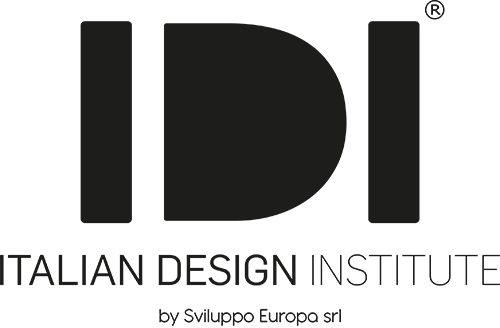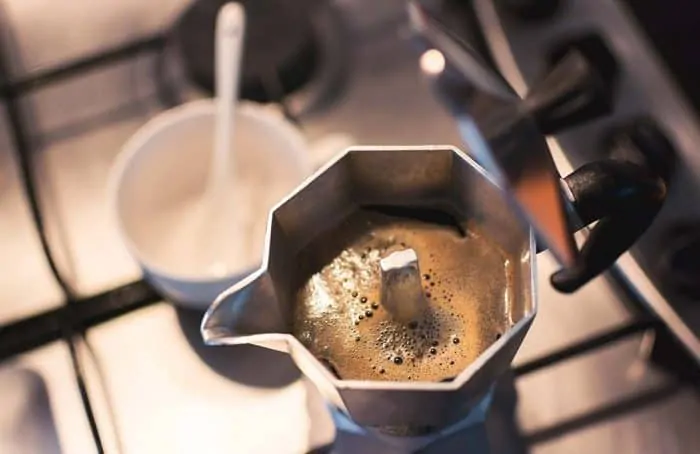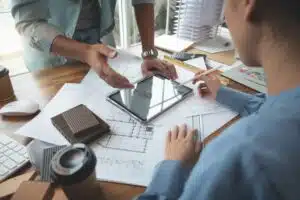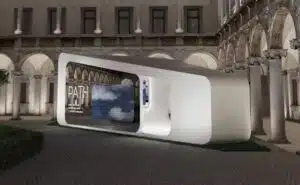From walkman to theiPodthrough the evolution of the typewriter at computerup to the shavers shaving. On the surface, they might look like product designthe same ones that have become part of many people's daily lives today. Perhaps the vast majority. But they could also be seen as products without which it would be impossible to live. We project you towards a life path of the objects that have made history, through the progress of some of these and those without whom we could not lead the life we would like. For not everything around us is futile, indeed, some things are indeed necessary. Think of the toothbrush teeth or the soap. These are just a few examples of objects that are often not given importance. On the contrary, we realise their necessity when they are missing. Let us therefore try to tell people through the use of certain objects. Which ones are those that people are most fond of, those that have changed history for the better and, again, those that have always been used every day.
But not only that. Studying 'things' means going into people's private lives, delving into a sociological phenomenon that is often overlooked, not because of the vacuity of the product itself (it is simply so present in everyday life that it is not taken into account), but to analyse everyone's everyday life.
And even if one can speak of vacuity, it matters little, because there are objects that perhaps, even by their 'being useless', have entered our cultural heritage by right. We ask you to answer a few questions, to understand how still the technology could improve products that were born more than half a century ago and those that, unchanged over time, would need an restyling. Yes, we are talking about necessity, because this is meant to be a sort of "storytelling" which tends to give weight to artefacts resulting from a product design study.
Product design #1: From moka to coffee machine.
La Moka, history of generations at the table - More commonly known as 'coffee machine"Its traditional octagonal shape has remained unchanged since 1933, when Alfonso Bialetti. The product design idea behind the moka pot was to create a simple object that would allow coffee to be always ready at home. Its name is said to derive from the city of Mocha in Yemen, apparently one of the most famous areas where Arabica quality coffee was produced. Although Bialetti had conceived it without the idea of making it a world-famous product, it was after the war that the Moka entered by right among the best-selling objects in Italy. It was in fact his son, endowed with a greater entrepreneurial spirit, who produced it on an industrial scale, managing in 1944 to sell millions of pieces in a single year. Today the Moka cannot be missing in the homes of Italians. In different sizes, for a solo cup or for the pleasure of sipping coffee in company, it is almost an institution that gives a different 'scent' to every kitchen.

